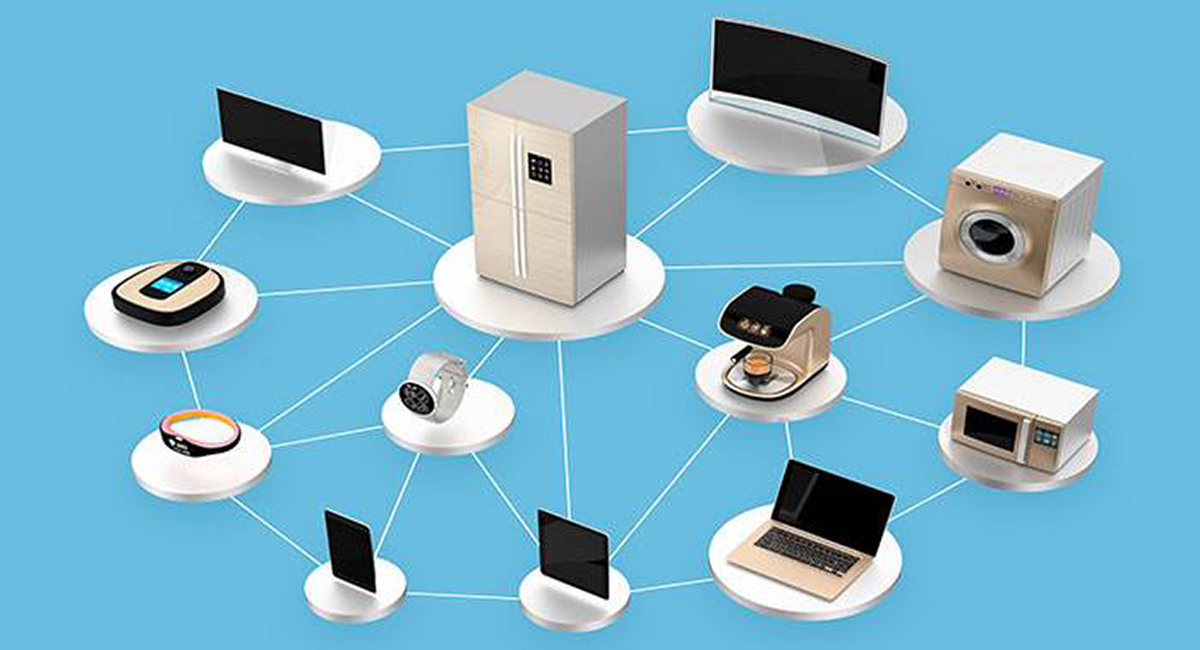A new global survey, conducted by Kaspersky, explores the key digital habits, obstacles and usage of smart home devices.
A recent survey conducted by Kaspersky reveals there is gap regarding those typically in charge of maintaining and buying smart devices at home.
In particular, 72% of men surveyed are the ones who set up smart devices in their home, while just under half (47%) of women do so.
According to digital market research, the number of homes with active smart home devices is expected to amount to 573.7m users by 2026. Household penetration is expected to hit 25.0% by that year.
Kaspersky survey results reflect that men are the ones who take care of their families’ smart devices more often. This is also the case when the Wi-Fi settings need changing on the home router or new devices are added to the network. Most men surveyed (75%) usually do this, while only 50% of women carry out this task.
The situation is almost the same when it comes to installing software and apps on computers – 72% of men are responsible for this, compared to 47% of women.
The trend changes regarding children’s digital habits. Research data shows both parents are equally willing to control the children’s time on devices. In particular, 67% of men and 54% of women monitor the time little ones spend on gadgets.
“Smart home devices and solutions can significantly improve and facilitate people’s daily tasks. Each family decides for itself which version of the distribution of roles is most convenient for them. At the same time, the key point is that modern smart devices and security solutions must be accessible to everyone, regardless of sex and age,” commented Marina Titova, Vice-President, Consumer Product Marketing at Kaspersky.






